Making sure your baby eats enough iron rich foods is super important for their brain development and to avoid an iron deficiency as they get older.
Between the age of 6 months and 2 years old is the most critical time to make sure that your baby is getting enough iron and if they don’t, it can cause them to become sensory and cognitively impaired, as well as affect their motor development.
Your baby will be born with enough iron stored in them to last up until the age of 6 months (this can be even less if you had an iron deficiency), however after that the best way for your baby to obtain more is through food. Formulated milk is fortified with iron, however it’s not easily absorbed in your baby’s body and breast milk contains very little iron. “ Therefore you should also ensure that you wean your baby using iron-rich foods such as meat, dark poultry meat, beans, pulses and dark green leafy vegetables,’ says Jo Travers from thelondonnutritionist.co.uk. Aim to feed your baby iron rich foods at least twice a day and if you pair some of these (which aren’t meat) alongside food that is also high in vitamin C, this will help your baby absorb the iron better.
Here’s everything you need to know about iron rich foods for babies, including recipe ideas why iron is important for your baby and how to spot the signs of an iron deficiency.
Iron rich foods for babies
• Red meat (beef, lamb and ham)
• Poultry (turkey and chicken)
• Egg yolk
• Beans and lentils
• Tofu
• Dark leafy green vegetables (spinach and kale)
• Dried apricots and dates
• Fortified baby cereal
• Sweet potato
Why is iron important?
Iron helps to produce hemoglobin which is a component of red blood cells, which help transport oxygen from our lungs to different parts of the body. If your baby isn’t getting enough iron it prevents these red blood cells from being able to develop properly, preventing oxygen from reaching their organs which can stop their growth and development. Iron also helps support the immune system, is needed for brain development and promotes healthy hair, skin and nails.
Signs and symptoms of an iron deficiency
If your baby does not get a sufficient amount of iron after 6 months they may end up leading to iron deficiency anemia. Babies who drink cows milk before turning one are more likely to develop an iron deficiency as the milk interferes with iron absorption. Below are the signs that your baby may have an iron deficiency:
• Pale skin
• Fatigue
• Shortness of breath
• Noticeable heartbeats
Iron rich foods for babies 6 months +
Below are some recipe ideas that contain iron and are suitable for babies from the age of 6 months and upwards.
Lovely lentil puree by Annabel Karmel
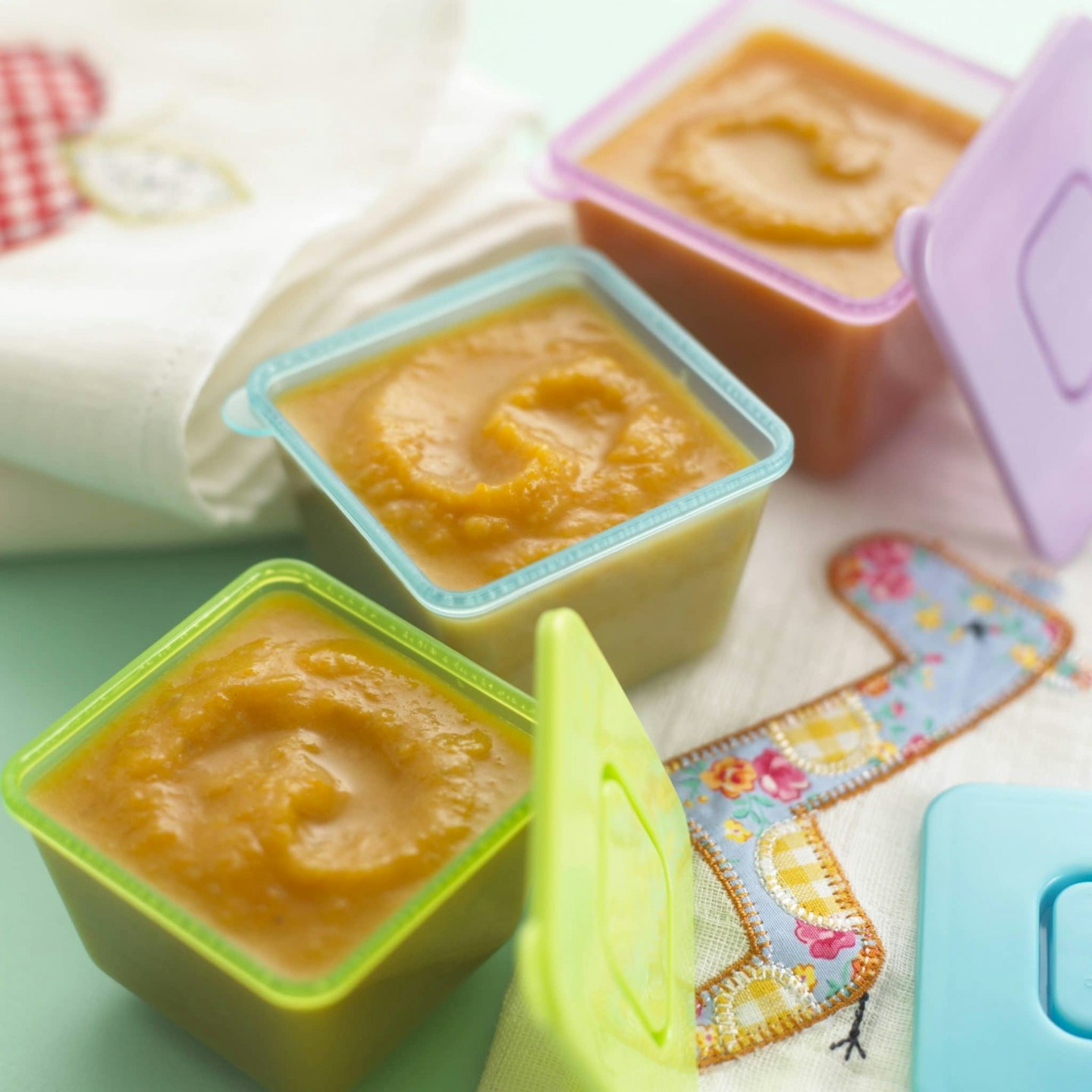
Not only do lentils offer a good source of iron, but protein and fibre too. This recipe is suitable for freezing.
Mildly Spiced chicken with apricots by Annabel Karmel
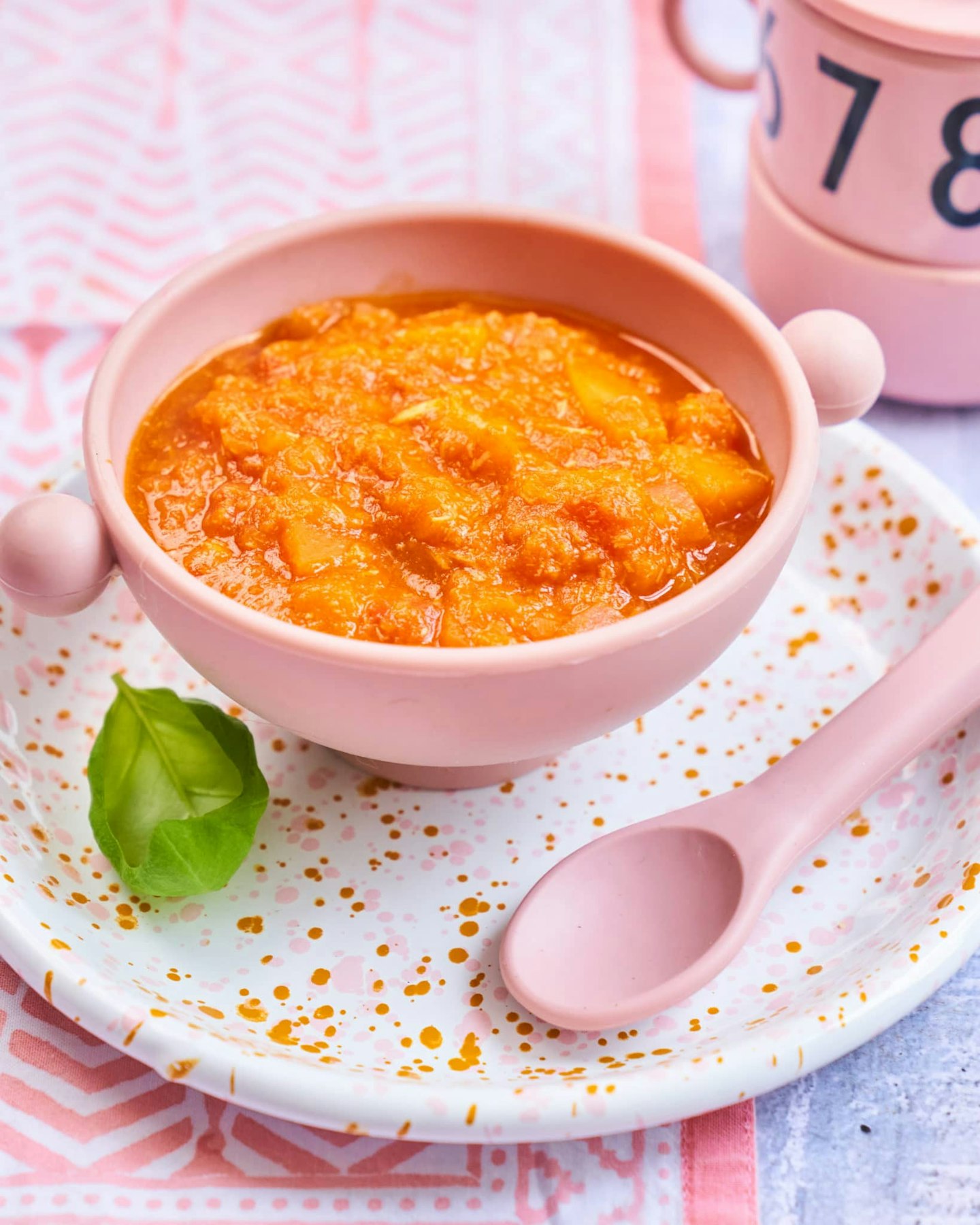
This recipe will gently introduce your baby to some mild spice and sweetness flavours, as well as giving them that all important iron.
Eat your greens puree by Annabel Karmel
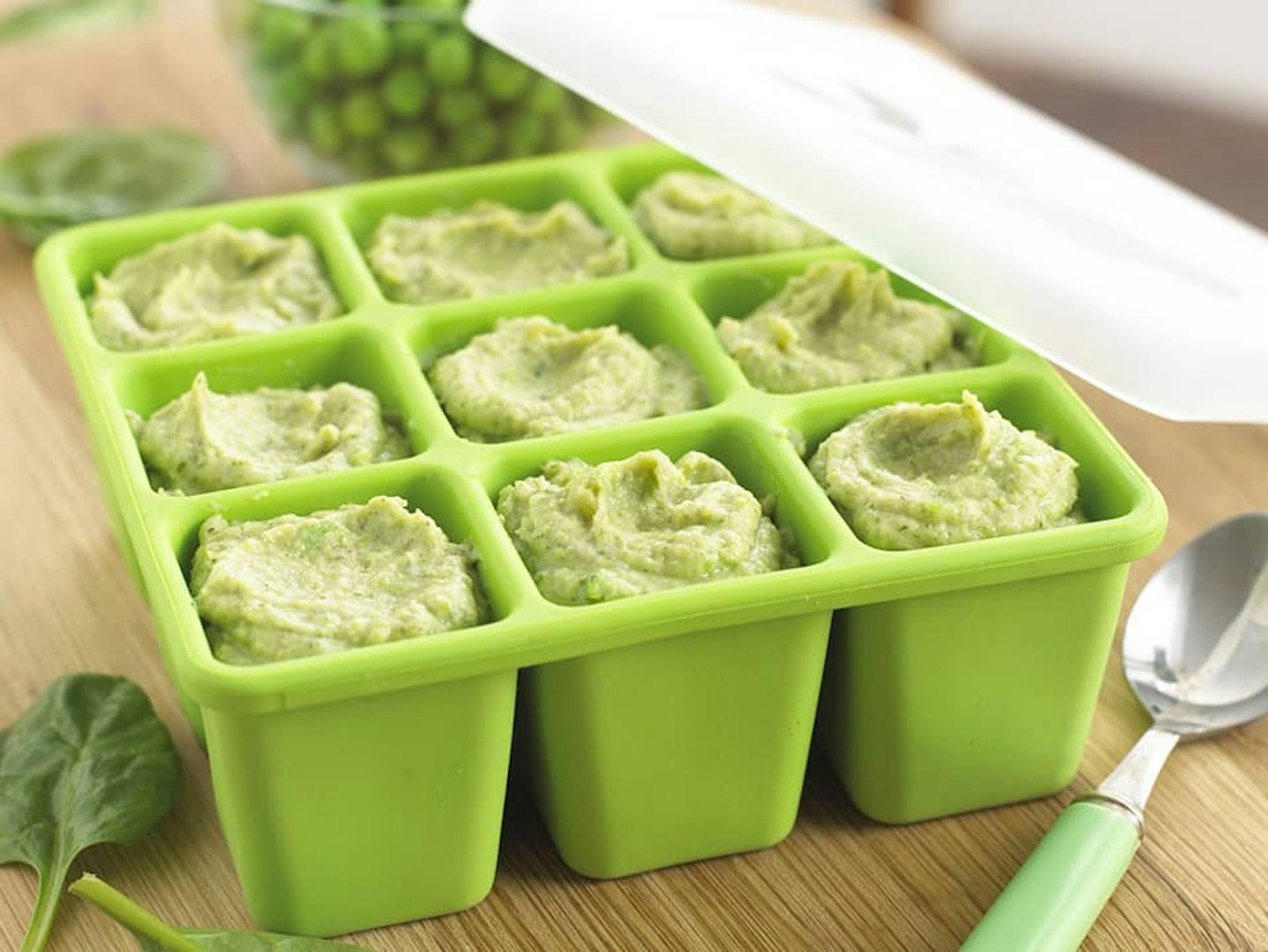
Not only is it important to make sure your baby gets a good dose of their daly veggies, but this recipe (packed with green ones) contains iron too.
Beef and sweet potato baby food puree with thyme by Baby Foode
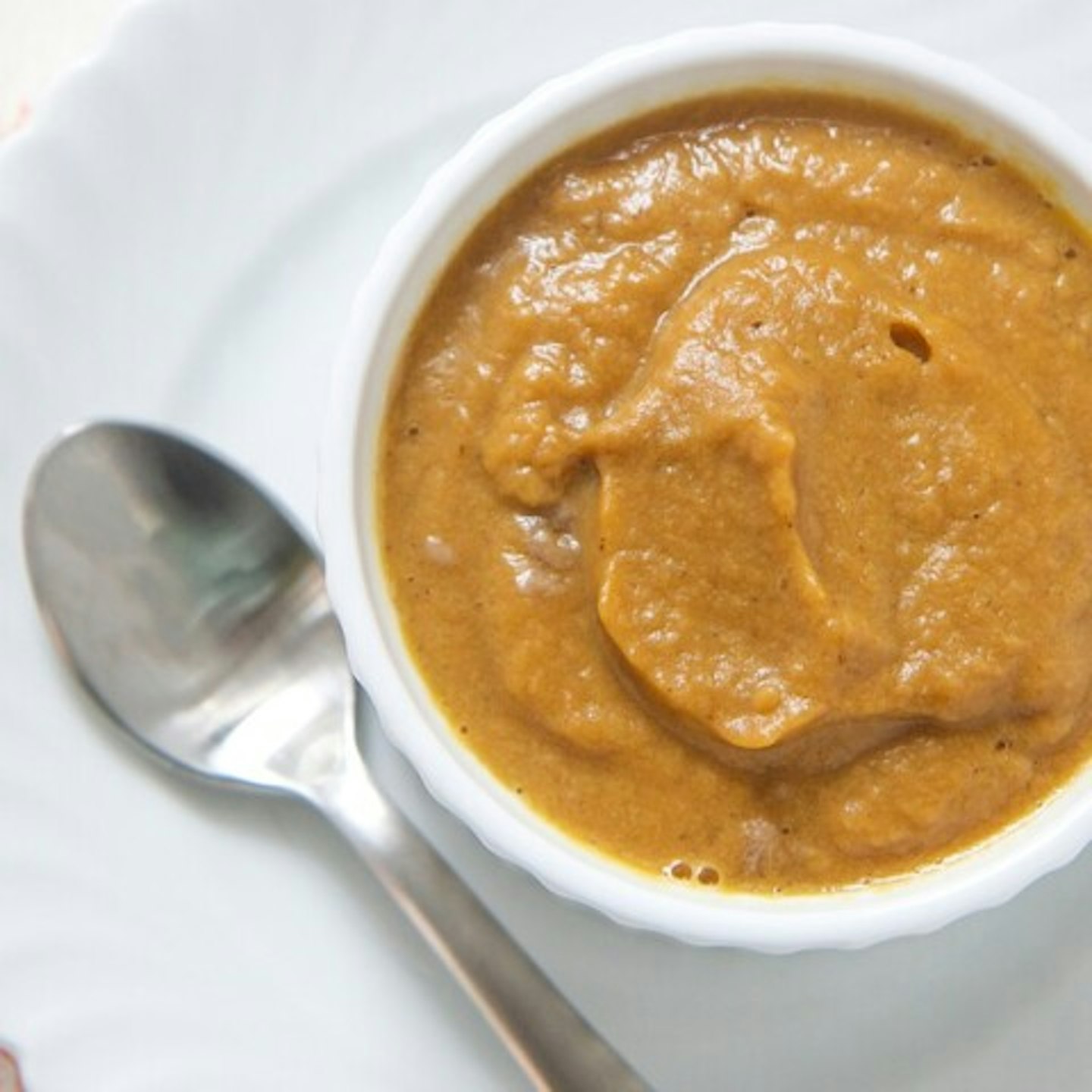
Your baby will get a double dose of iron with this recipe which contains beef that’s blended together with sweet potato.
Mango and kale puree by Baby Foode
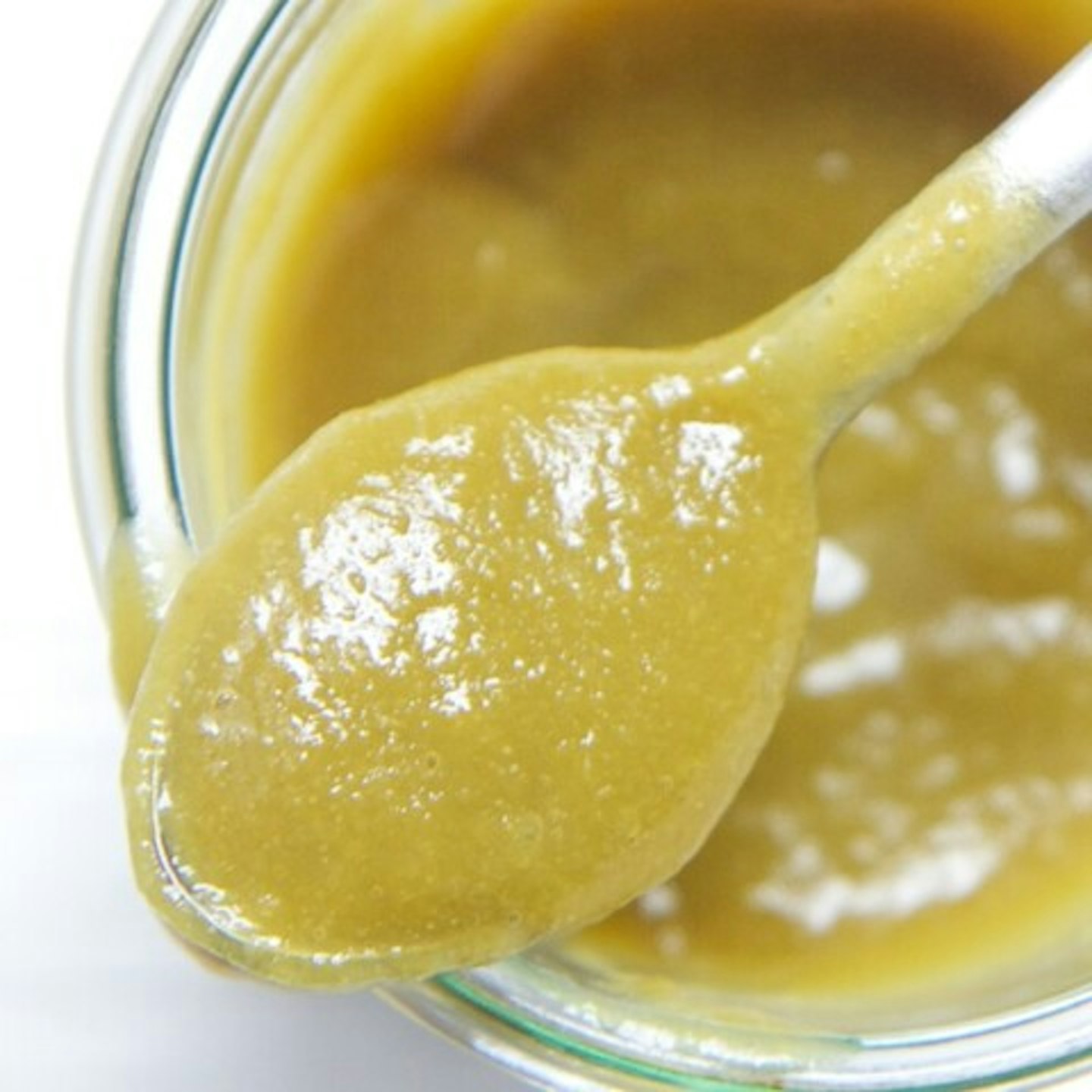
This recipe contains an interesting combo, but one that makes sense, as the mango (source of vitamin C) will help your baby absorb the iron more easily from the kale.
Iron rich foods for toddlers
The same iron rich foods listed above also apply to toddlers when it comes to making sure they’re eating enough iron. Understandably, as your child gets bigger, the more iron they will need. It’s recommended that children aged 1 to 3 get around 7 mg of iron a day
Vroom vroom veggie-packed bolognese by Annabel Karmel
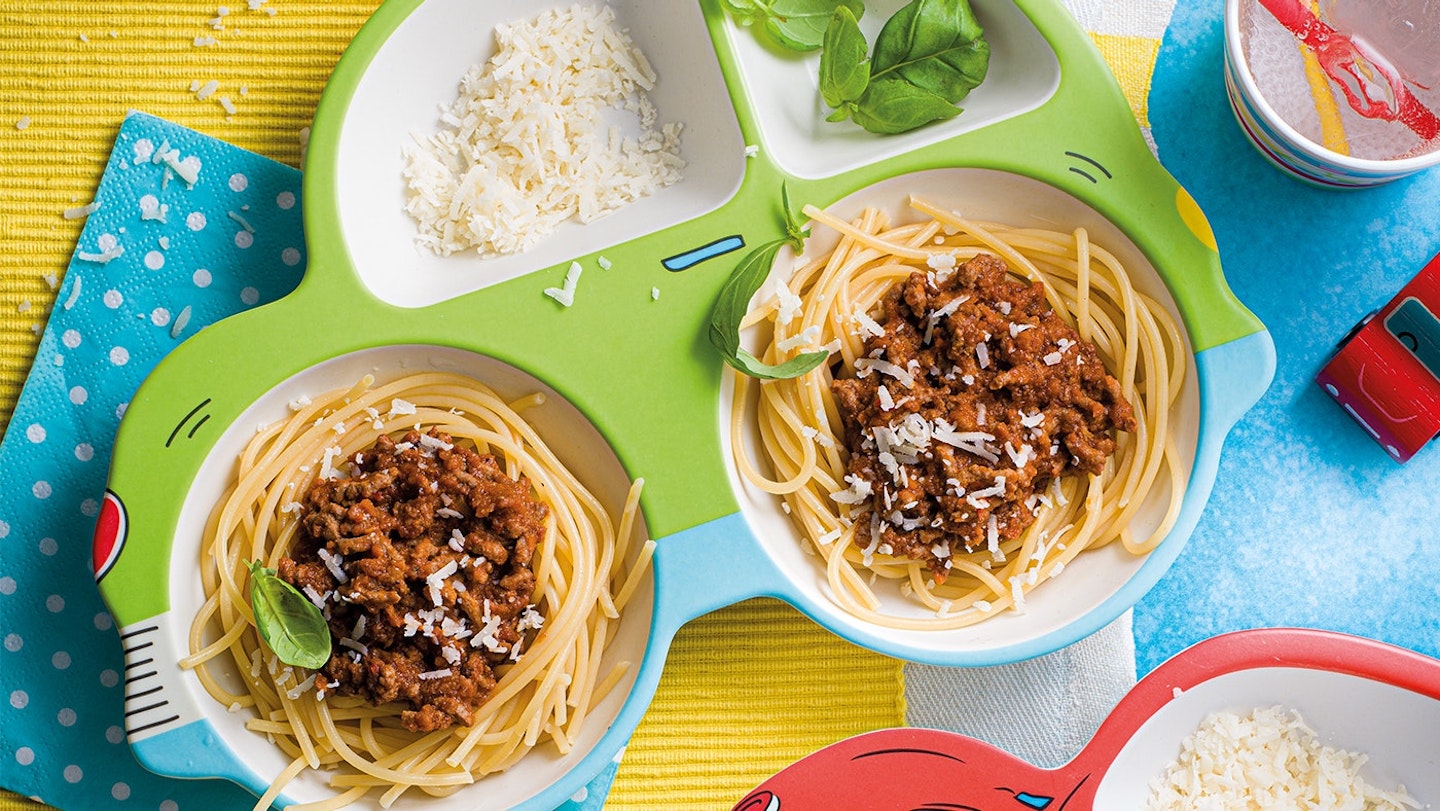
As well as being packed with lots of good for you veggies, the beef mince is where your tot will get the main source of iron from with this recipe.
Spinach frittata by Annabel Karmel
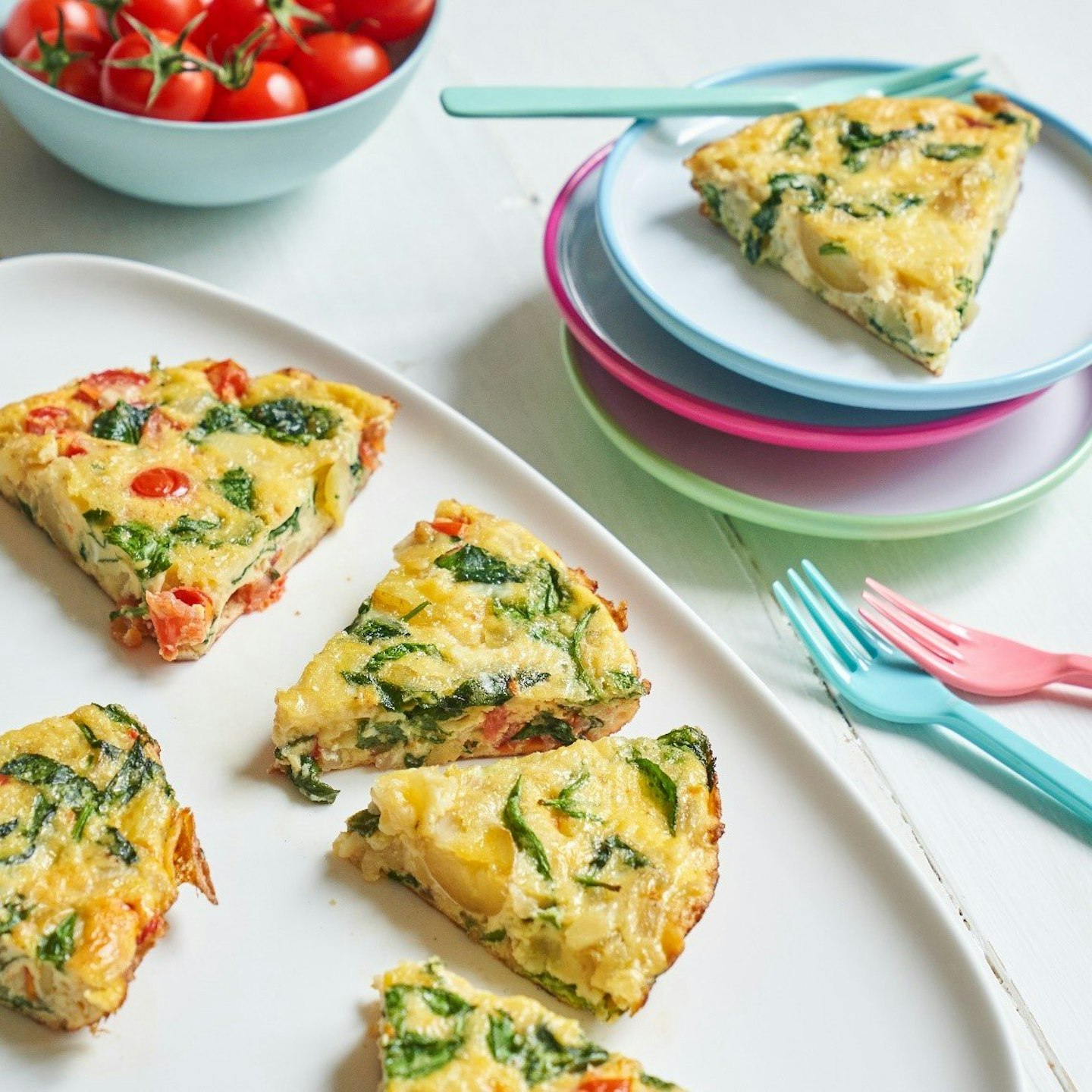
Two great sources of iron in this recipe, spinach and eggs, which are also a source of protein, vitamin A and folate.
Cheesy baked kale bites by Yummy Toddler Food

We’re certain your tot will be delighted when you place these delicious balls of goodness in front of them, packed with iron-source kale, mozzarella and parmesan.
Sweet potato pancakes by Baby Foode
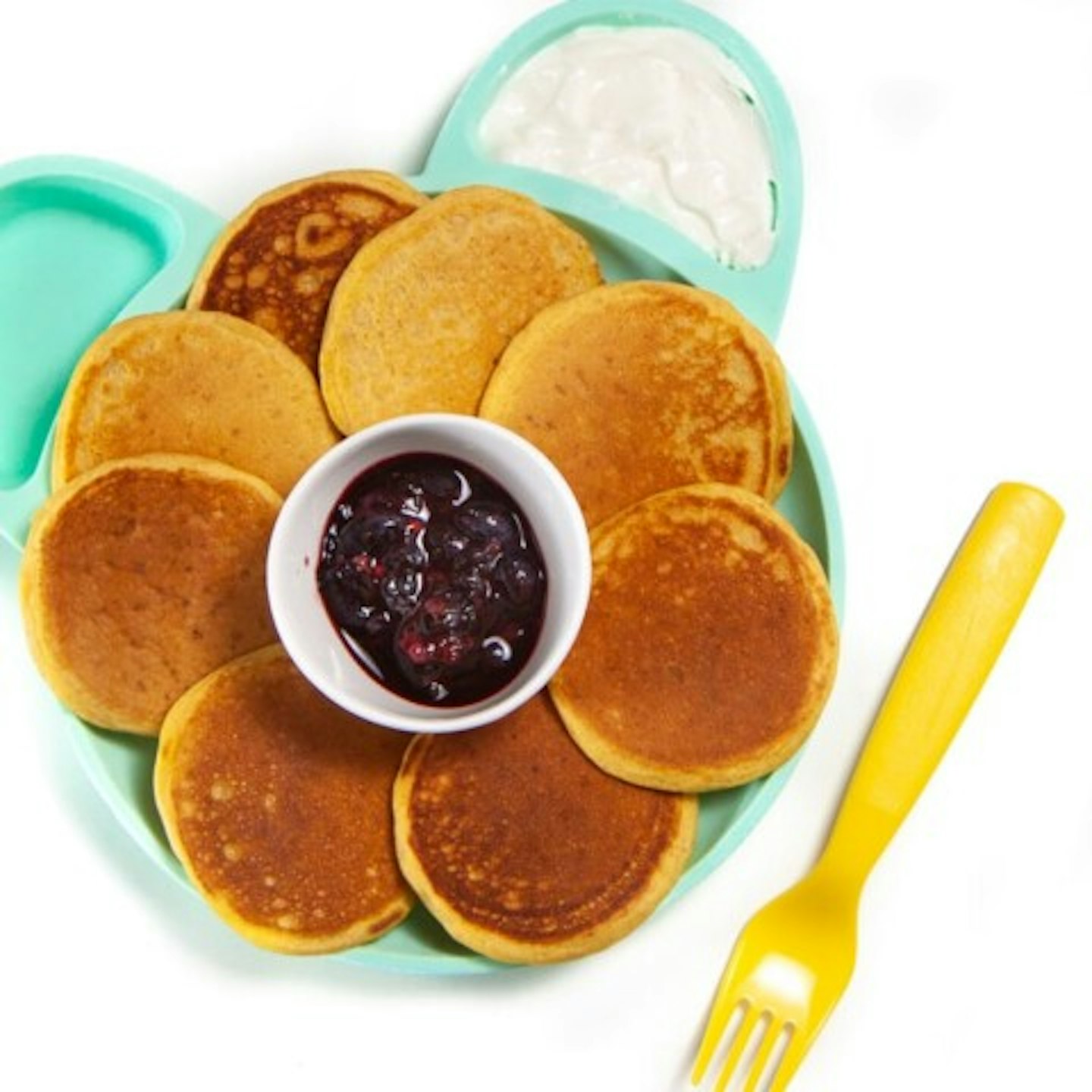
Afterall, who doesn’t love pancakes? And when they’re made from sweet potato, a great source of iron and vitamin C, even better!
Baked seasoned tofu nuggets by Baby Foode
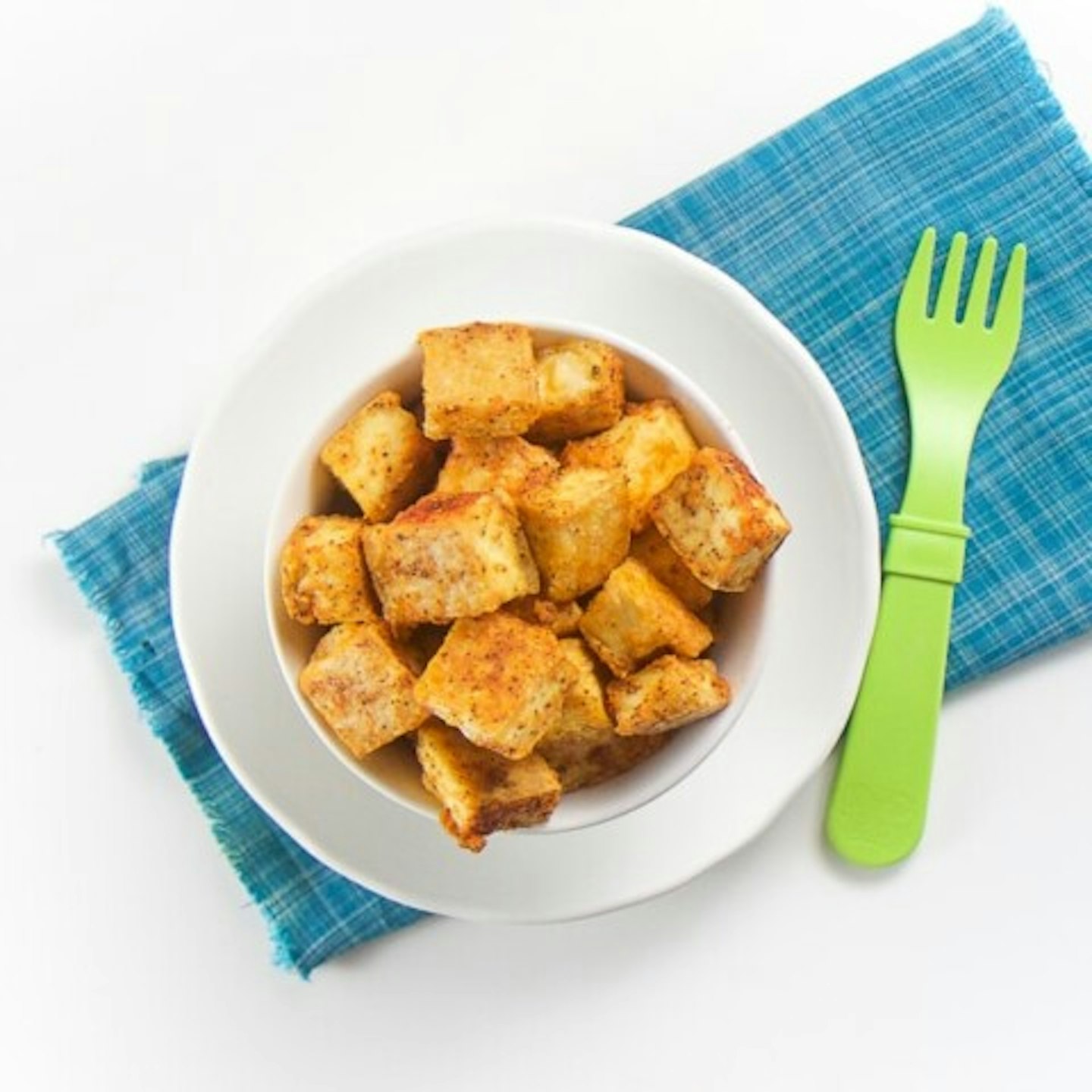
These crispy bite-sized tofu nuggets are a fun way for your tot to get some protein and iron into their diet.
